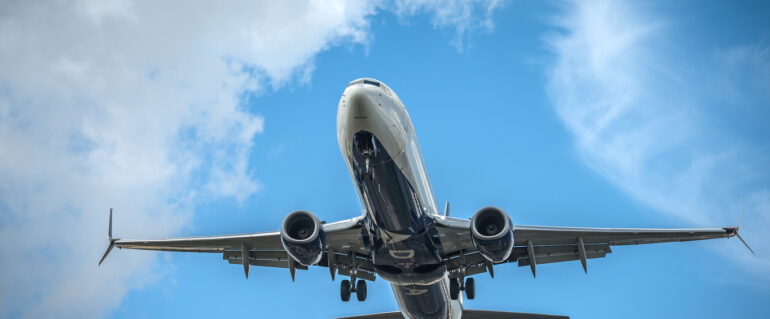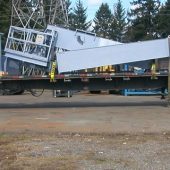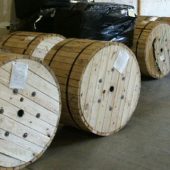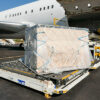All About the Boeing 737
The Boeing 737 is one of the best-selling commercial aircraft of all time and maintains the record for most deliveries. Following its introduction in 1967, it has undergone several iterations, each with variations to fulfill specific needs, including transporting passengers, military use, and shipping cargo. We discuss each Boeing 737 cargo model and provide insight into the future of Boeing’s best-selling aircraft.
737-100 & & 737-200: The Original Series
The 737-100 and 737-200 are part of the 737 Original series, which Boeing designed with a wide fuselage to store standard freight containers. One key benefit of the Original series was that it had a Combi version that quickly converted from passenger to cargo use.
Boeing only sold 60 737-100 aircraft, and they were quickly replaced with the improved 737-200, which featured improved aerodynamics, higher fuel capacity, and more powerful engines.
737-300, 737-400, 737-500: The Second Generation (Classic)
The second generation of Boeing 737s began with the 737-300, which featured improved aerodynamics. It was followed by the 737-400, which expanded the aircraft by 3.05m to accommodate more passengers. In addition, Boeing designed the 737-400 Special Freighter (737-400SF), which can accommodate ten standard pallets and convert from passenger to cargo. Finally, Boeing introduced the 737-500 as a direct replacement for the 737-200.
Boeing 737 Next Generation
The Next Generation of Boeing aircraft encompasses many of the most widely used models, including the commercial 737-600/700/800/900 series, the C-40 A, C-40B/C military jets, and the business jets. Models used for shipping freight include:
737-700 Convertible
The Boeing 737-700 Convertible (737-700C) is a variant that can carry passengers and transport cargo. The design incorporates the 737-800 wings and 737-700 fuselage while having a forward cargo door.
The 737-700C’s cargo configuration has a capacity of 18.8 tons and a payload capacity of 19.35 tons. The MTOW is 70,080 kg, while the maximum landing weight is 58,604 kg. The body measurements are 33.63 in length, a 34.32m wingspan, and a height of 12.57m.
737-C40A “Clipper”
The Boeing 737-C40A or Clipper is a military version of the Boeing 737 Next Generation model used by the Navy Reserve, Air Force, and Marine Corps. This convertible aircraft is designed to transport cargo and passengers and can carry all passengers, all cargo, or a combination.
The cargo configuration can carry a maximum of eight cargo pallets and has a payload capacity of 20 tons. It measures 33.63m in length, has a wingspan of 34.32m, and is 12.57m in height. The MTOW is 77,564kg, while the maximum landing weight is 60,781kg.
737-800 Converted Freighter
Boeing created the 737-800 Converted Freighter (737-800BCF) to transport large loads of cargo on domestic routes. The 737-800BCF has a cargo capacity of 23.9 tons, payload capacity of 20.76 tons, and 185.2m 3 of overall cargo space. The aircraft has a length of 39.5m, a wingspan of 35.8 m, and a tail height of 12.6m. The MTOW is 79,000kg, while the maximum landing weight is 66,350kg.
The 737-800BCF is based on the Next Generation 737 passenger aircraft. Boeing designed this cargo plane with blended winglets that improve fuel efficiency and flight performance, leading to lower operating costs than standard body variants. Further, the similarities between the 737 models make it easier for pilots to transition from one plane to another.
737 MAX 7/8/9/10
The 737 MAX series succeeded the 737 Next Generation. The MAX 7, 8, and 9 are the successors of the 737-700, 800, and 900, respectively. Some improvements include improved engines, split wingtips, and airframe modifications.
Future Possibilities
Boeing has announced that they plan to develop a successor to the 737 MAX series, which is planned for release around 2030. Some possibilities include a lighter composite airframe construction that may improve fuel efficiency and a broader cabin to increase cargo space.
If you are looking to ship cargo to Alaska, Alaska Air Forwarding’s extensive network can transport items anywhere in the state all year round. Contact us to inquire about shipping freight or get a quote.










